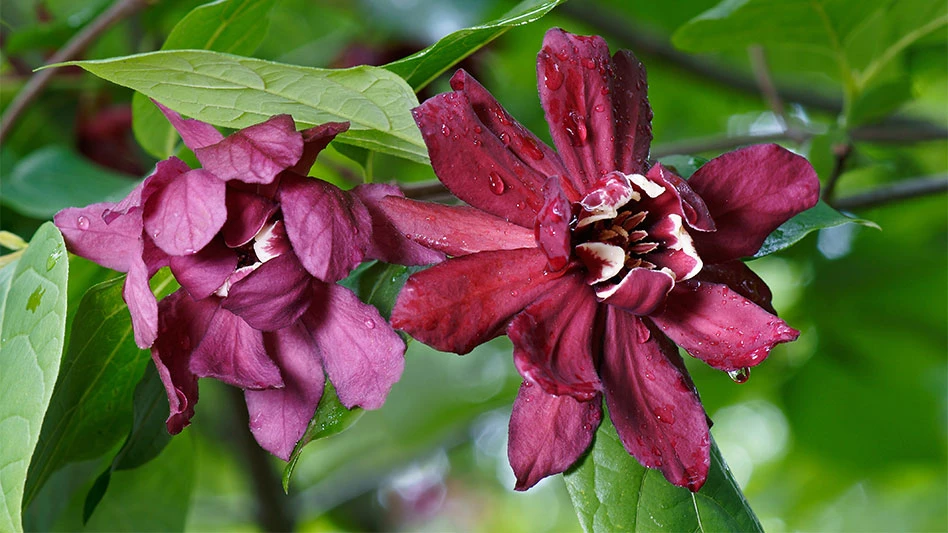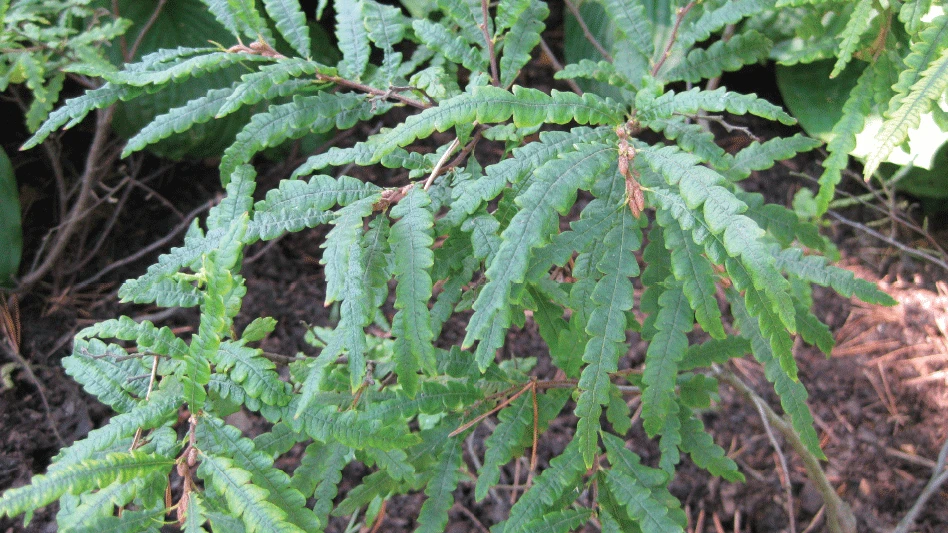This multi-stemmed shrub/small tree is one of the first to flower in spring, featuring clusters of white, fragrant flowers that are made up of narrow petals. In the summer, Amelanchier alnifolia provides large and tasty red to bluish-purple berries (actually pomes) that are good for jams, jellies, pies and wine. Several species of wildlife, from birds to deer, find the fruit pretty scrumptious, too.

For its third show, A. alnifolia foliage turns various shades of yellow, orange and red in fall.
Also called juneberry and various names that include serviceberry, this Western native matures to 6-15 feet tall, although wild specimens can grow up to 30 feet. Cultivars are available on the market for both fruit production and ornamental qualities.
Why grow Amelanchier alnifolia?
- Attractive flowers followed by delicious fruit (pomes)
- Striking fall color
- Extremely hardy
- Source of food for a host of song and game bird species

Explore the September 2016 Issue
Check out more from this issue and find your next story to read.
Latest from Nursery Management
- How impending tariffs and USDA layoffs impact the horticulture industry
- Shifting the urban environment
- These companies are utilizing plastic alternatives to reduce horticultural waste
- How to create a sustainable plant nursery
- Lamiastrum galeobdolon ‘Herman’s Pride’
- One of rarest plants on earth: Tahina spectabilis
- Leading Women of Horticulture: Angela Labrum, Bailey Nurseries
- Get to know Pat Reilly with NewGen Boxwood and the American Boxwood Society







